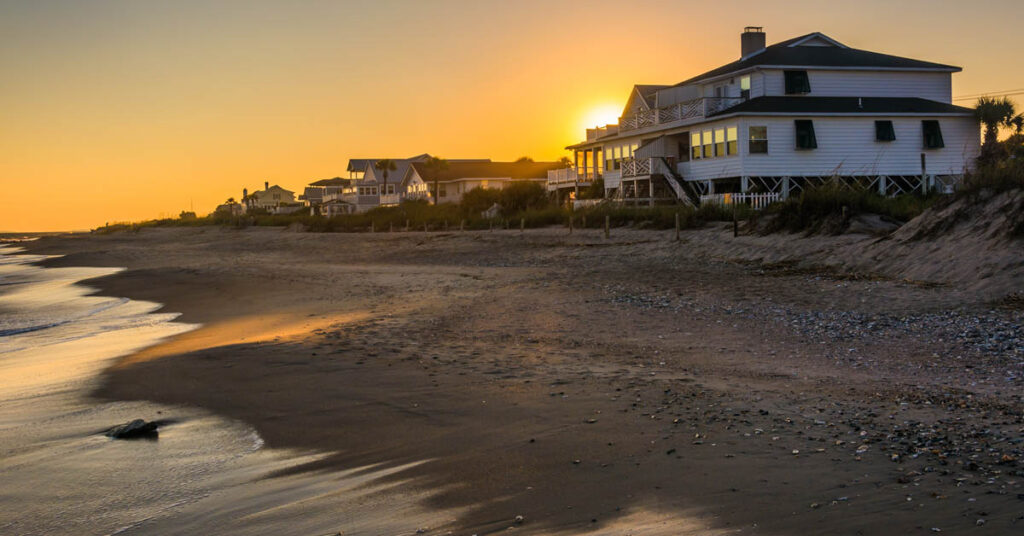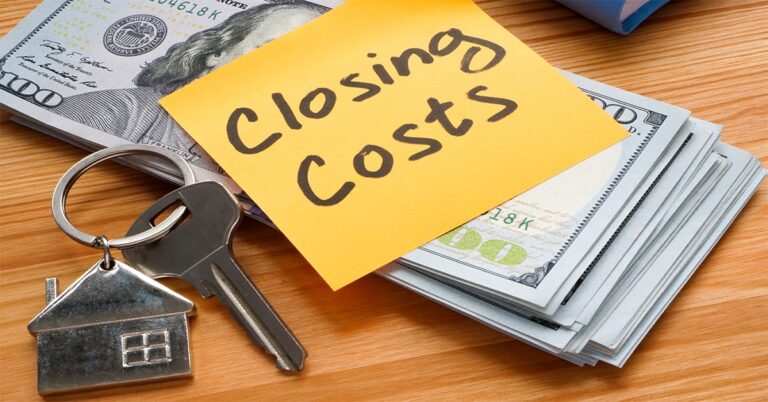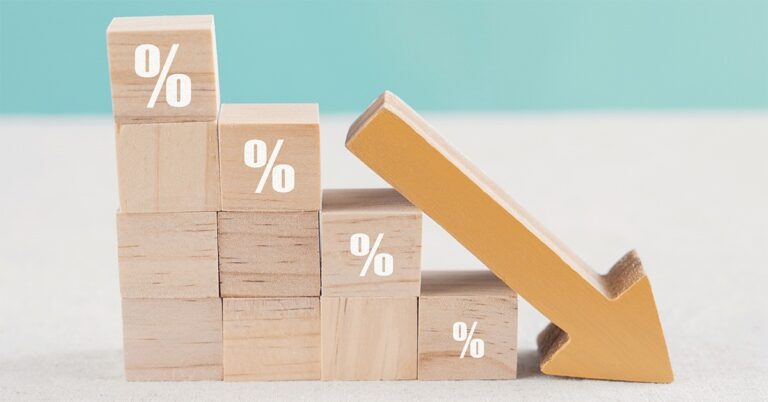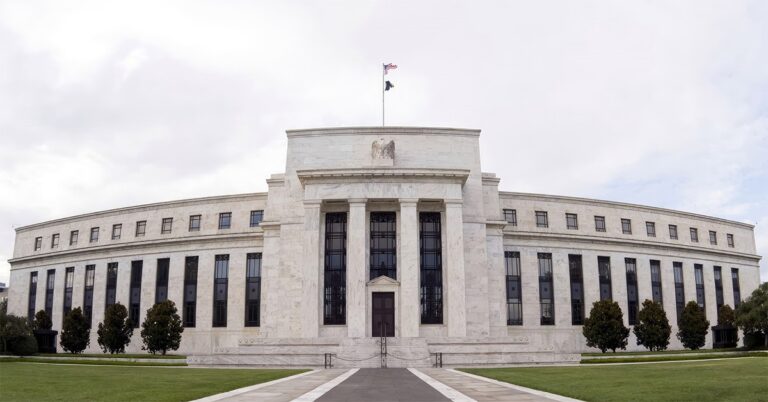Demand for second homes has fallen for the first time in a year, with the number of buyers across the country who locked in mortgage rates to purchase a second home down 11.1% annually during June.
That’s according to Redfin, whose data may signal a beginning of the end when it comes to the pandemic-driven surge in interest in vacation homes. Demand in second homes first saw a significant rise in June 2020, as COVID-era restrictions and increased work-from-home flexibilities made vacation destinations even more desirable as housing markets. Since then, Redfin’s numbers have consistently shown double- and even triple-digit jumps in second home rate locks month after month.
June’s decline, however, is the first drop in such rate locks since April 2020. The fall is somewhat inflated, since second-home rate locks skyrocketed in June 2020. But per Redfin, even after accounting mathematically for June 2020’s rate lock jump, vacation home locks remain slightly above pre-pandemic levels but are clearly starting to slow.
“Demand for second homes is dropping back down to earth as many employees return to the workplace this summer,” said Taylor Marr, Redfin’s lead economist. “That return to the office, along with soaring prices and tighter lending standards for second homes, is shifting homebuyer demand in favor of primary residences.
“The allure of owning a vacation home outside the city still exists—as it did even before the pandemic—but the big second-home boom we’ve seen over the last year is abating.”
That abatement has led to the gap in price growth between vacation destinations and non-seasonal areas to narrow since the height of the pandemic. June still marked the 12th straight month of annual price growth of 10% of more in seasonal towns, with home prices in such communities increasing 28% year over year. But the price-growth gap between such areas and the rest of the country tapered in June to just 2 percentage points, with non-seasonal communities seeing annual price growth of 26%.
Compare that to September, when prices in seasonal towns grew 22% year over year compared to just 13% for other areas, a discrepancy of 9 percentage points.
Still, price growth in seasonal areas does keep growing — a sign that many homebuyers are instead relocating to them rather than buying secondary properties there.
“With workplaces making their remote work policies permanent and employees feeling more confident making long-term decisions, many Americans are moving full time to scenic vacation towns rather than purchasing second homes,” said Daryl Fairweather, Redfin’s chief economist. “That’s one reason why demand for second homes is waning while seasonal areas remain popular. My family is one example of the trend: Partly because I’m able to work remotely, my family sold our house in Seattle and moved full time to Lake Geneva, WI to be closer to family and take advantage of its relaxed lifestyle and recreational activities.”








